Petunias Lifespan: How Long Do Petunia Plants Live?
However short the lifespan of a petunia plant is, their colorful blooms last for one growing season with ample flowers. But with good care the plant can live for 2-3 years.
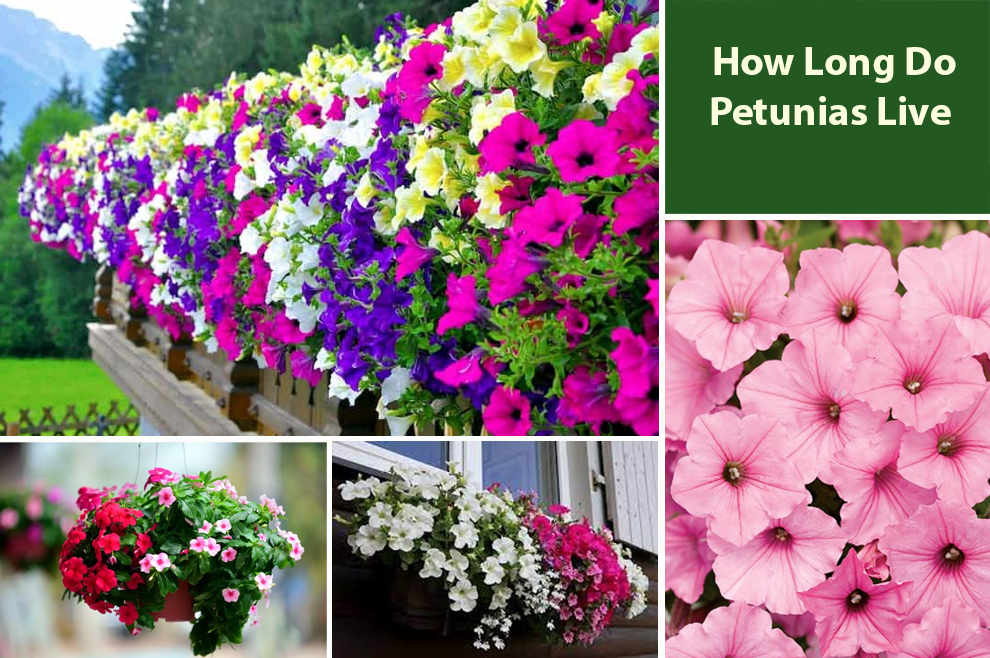
Petunias are popular flowering plants known for their colorful, trumpet-shaped blooms that can add a bright splash of color to gardens, containers, and hanging baskets. These plants are native to South America and are commonly grown as annuals in gardens all around the world.
How long do petunias last can vary depending on several factors, including the specific variety, growing conditions, and the care you provide to your petunias.
In general, petunias are considered annual or tender perennial plants, which means that they typically live for one growing season or a few years like two to three in mild climates.
They can bloom for several months, flowering continuously throughout the growing season. However, they will eventually start to decline and die as temperatures drop and daylight hours decrease in the fall. In warmer climates, petunias may continue to bloom into the winter months.
If grown as a perennial in a mild climate, some varieties of petunias may be able to survive for a few years with proper care. This may include protecting the plant from frost or cold temperatures, providing adequate water and nutrients, and removing spent flowers to encourage new growth.
In this guide, we will explore the petunia plant lifespan a bit more in detail and the factors that influence it, and how you can make it live a bit longer.
Petunia Plant Information
You should know that petunias belong to the Solanaceae family and have several species, including grandiflora, multiflora, milliflora, and spreading. Each species has its unique characteristics, but there can also be variations between different cultivars within the same species.
For example, grandiflora petunias are known for their large, showy flowers and are commonly grown in containers and hanging baskets. Multiflora petunias have smaller flowers but are more weather-resistant and bloom prolifically.
Milliflora petunias are tiny with delicate flowers, often used as borders or in rock gardens. Spreading petunias have a trailing habit and are ideal for use as ground covers.
In addition to differences in how long do petunia plants live from different varieties, they also differ in size, growing habits, etc. There are also variations in petunia flower color, you can witness them in white, pink, red, purple, blue, and even bi-colored varieties.
Some petunias have ruffled or fringed petals, while others have smooth, velvety blooms. Some cultivars are also more fragrant than others.
Petunias are considered to be outdoor plants and are commonly grown in gardens or containers on patios, balconies, or in other outdoor spaces. However, it is possible to grow petunias indoors.
How Long Do Petunias Live?
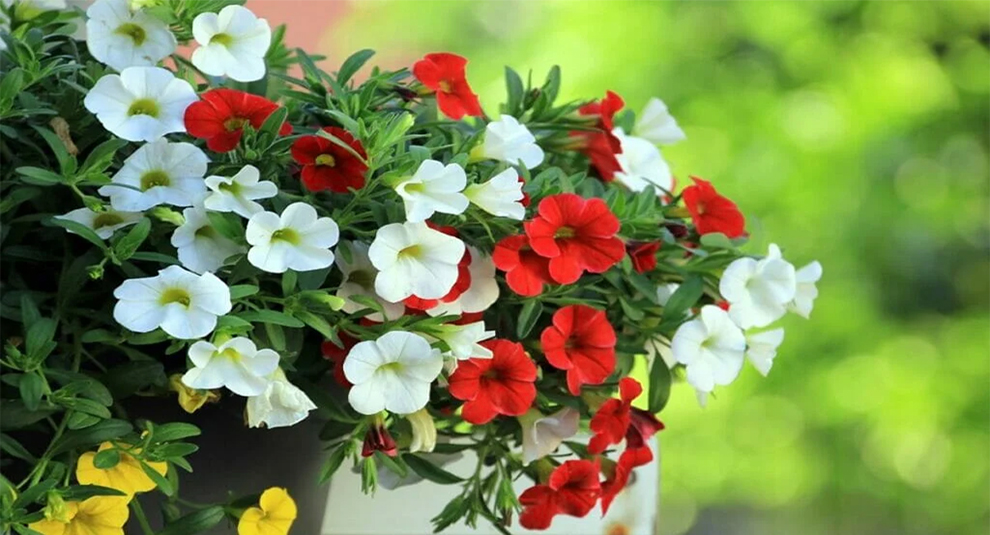
Petunias are typically annual plants, which means they complete their life cycle within one growing season, typically lasting from spring to fall. However, some cultivars may have a longer lifespan and continue to bloom for a few years.
The average age of petunias would depend on when they were planted and how long they have been able to grow. It also depends on the variety you have planted in your garden.
There are numerous differences among different species and cultivars of petunias. including their lifespan, size, color, shape, and growth habits.
How Long Will Petunias Live Indoors?
The lifespan of a petunia may be shorter indoors than when grown outdoors. Though they can live for several months indoors.
When grown indoors, petunias need plenty of bright, direct sunlight and well-draining soil. They also require regular watering to keep the soil moist but not waterlogged.
Petunias grown indoors may live for several months to a year, depending on the growing conditions and the cultivar. However, they may not bloom as profusely or for as long as they would outdoors.
It’s worth noting that petunias are typically grown as annuals, which means they complete their life cycle within one growing season. This means that even when grown outdoors, petunias may peak for a few months before they start to decline and die off.
Petunias Lifespan In Hanging Baskets Or Pots
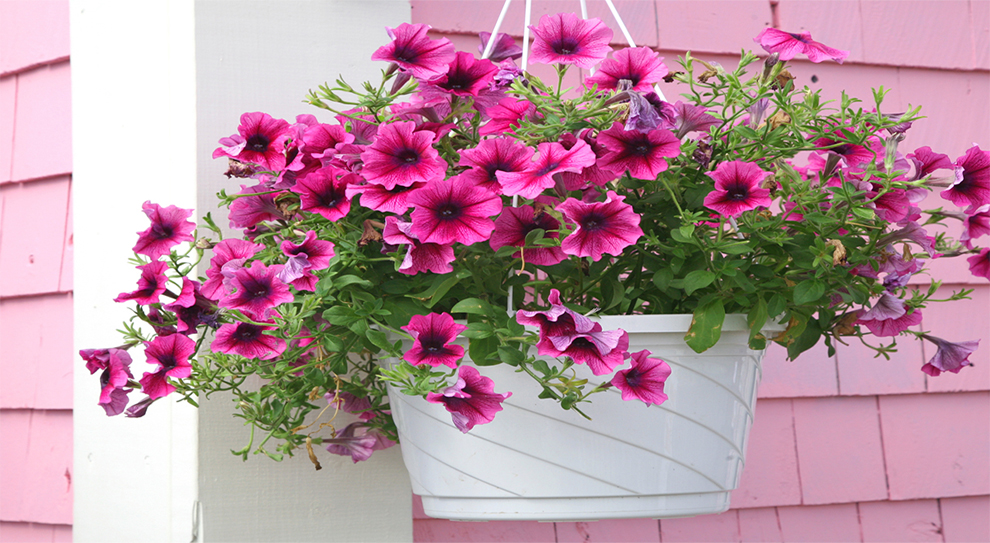
The lifespan of petunias in hanging baskets or pots can vary depending on several factors, such as the size of the pot, growing conditions, weather, and care provided.
Generally, petunias can bloom continuously for 4 to 6 months in hanging baskets or pots, but some varieties can last up to 8 months with proper care.
Regular deadheading of spent blooms, watering the plants adequately, fertilizing them regularly, and ensuring adequate sunlight can help extend the lifespan of petunias in pots or hanging baskets.
However, as the plants age, they may become leggy or stop blooming, and it may be necessary to replace them with new plants or propagate & repot them or start fresh with new baskets in fresh soil.
The Life Cycle Of Petunia Plants
The lifecycle of petunia plants includes several stages, starting from seed germination and ending with the death of the plant. Here are the different stages of the lifespan of petunia plant:
A. The germination phase
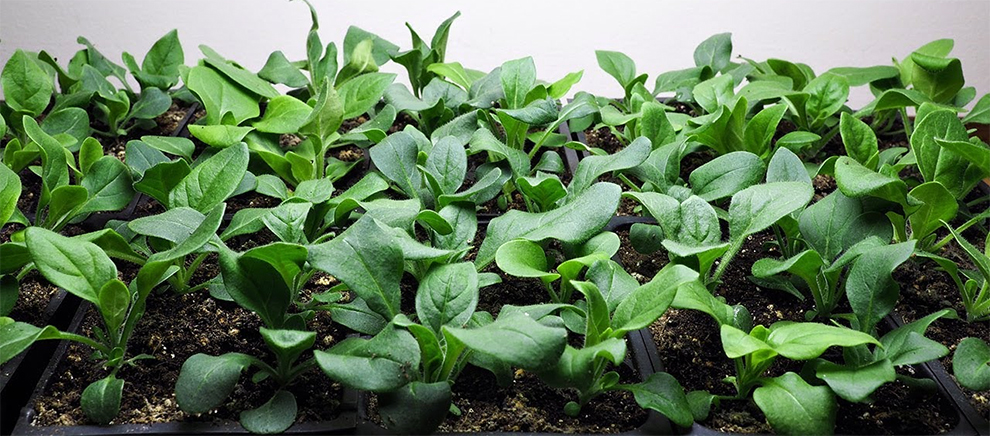
The life cycle of petunia plants starts with the germination of seeds which happens in 1-2 weeks. Petunia seeds are small and can be started indoors in seed trays or sown directly in the garden soil after the last frost in spring.
B. The growth phase
Once the seeds germinate and develop into seedlings, they will require adequate light, water, and nutrients to grow strong and healthy. The seedlings will eventually develop into mature plants that produce flowers.
C. The vegetative phase
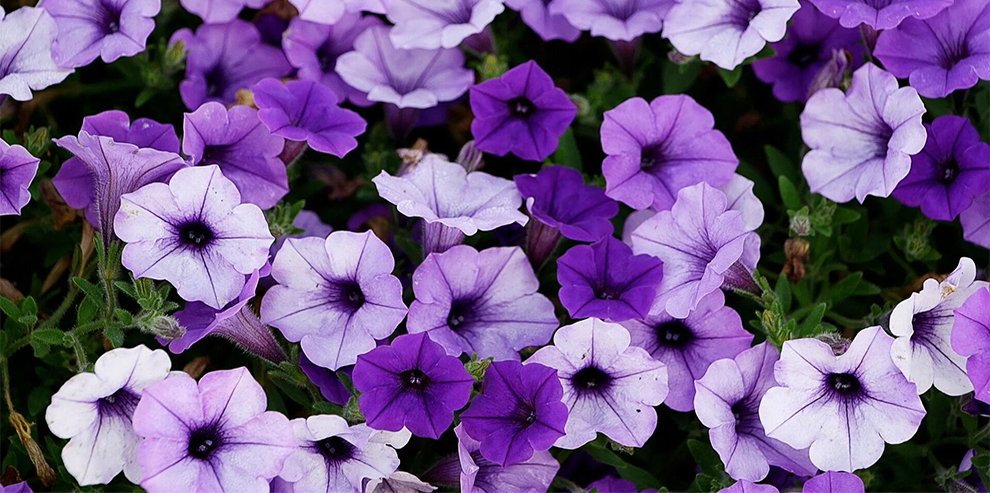
As the seedlings grow, they enter the vegetative stage within 4-6 weeks, where they produce leaves and stems, and continue to grow in size. During this stage to extend petunias lifespan, they require regular watering, dedicated petunia fertilizer, and pruning.
D. The maturity phase
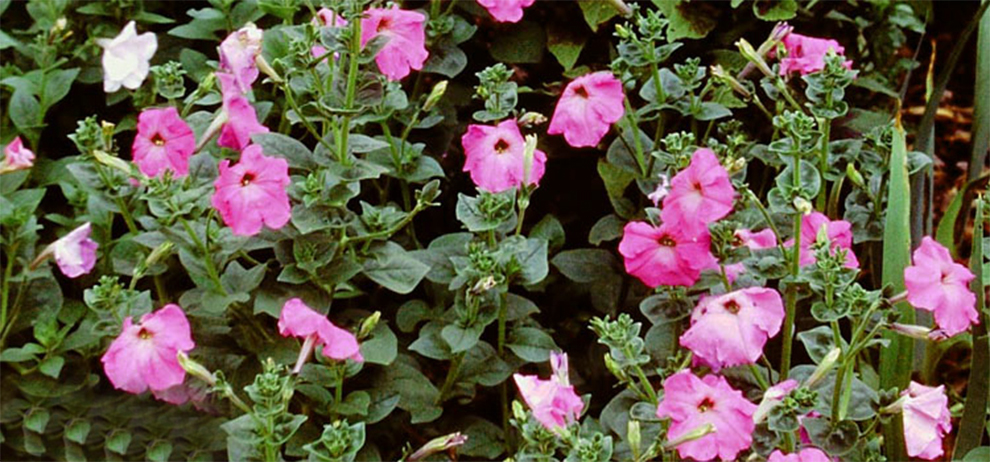
After 6-8 weeks Petunias start to mature. Once the plants reach maturity, they enter the flowering stage, where they produce an abundance of blooms that can last for several months.
E. The decline phase
As the growing season comes to an end, the petunia plant will begin to slow down its growth and produce fewer flowers. Eventually, the plant will die back, and the flowers will wither and drop off.
The lifecycle of a petunia plant ends with the death of the plant, which can be caused by frost, disease, or natural aging. Once the plant has completed how long do petunia last, it can be removed and discarded, and the soil can be prepared for the next planting season.
Do Petunias Grow Back Every Year?
Petunia plants are typically grown as annuals, which means they complete their lifecycle in one growing season and do not come back the following year.
However, some petunias are considered perennial in warmer climates where the weather is mild and does not experience frost or freezing temperatures.
These types of petunias may survive and bloom again the following year if they are well cared for and protected during the winter months.
It is worth noting how long do petunia last even if petunias are annuals. They can produce an abundance of blooms during their growing season, which usually lasts from spring until fall.
So, even if they do not come back the following year, they can still provide a stunning display of color for several months before going away.
How Do You Make Petunias Last Longer?
Petunias are a popular choice for adding vibrant colors to gardens and containers. Here are a few tips to extend petunias lifespan with a healthy petunia plant growth rate:
1. Watering: Water your petunias regularly, ensuring the soil is moist but not waterlogged. During the summer months, they may require watering daily, especially if the weather is hot and dry.
2. Fertilizing
Fertilize your petunias every two to three weeks with a balanced fertilizer. This will help them to grow strong and healthy, producing more flowers.
3. Deadheading: Remove faded flowers regularly by pinching them off. This will encourage the plant to produce more flowers and prevent it from wasting energy on producing seed pods.
4. Pruning: Prune your petunias regularly to encourage bushier growth and more blooms. Pinch back the tips of the stems to promote branching.
5. Provide the right conditions: Petunias prefer full sun, but in hot climates, they may benefit from some shade during the hottest part of the day. Ensure they are planted in well-draining soil and are not overcrowded.
By following these tips, you can help extend the lifespan of petunia plant, allowing you to enjoy their vibrant colors for longer.
